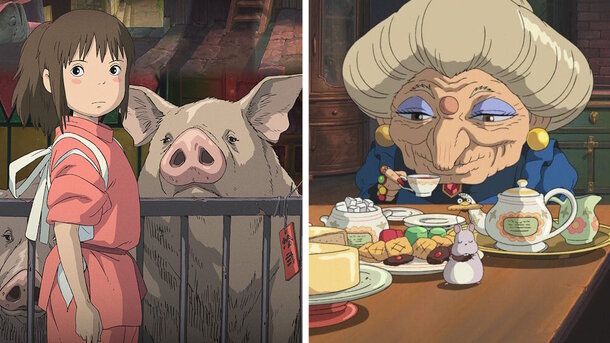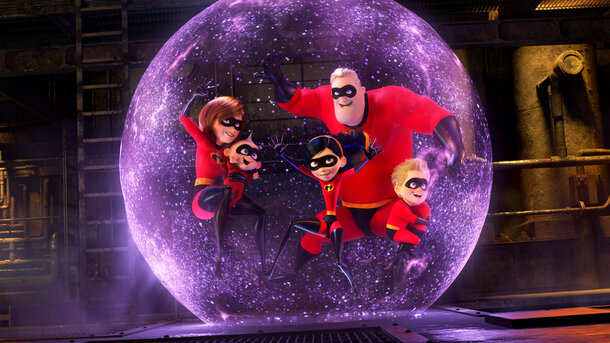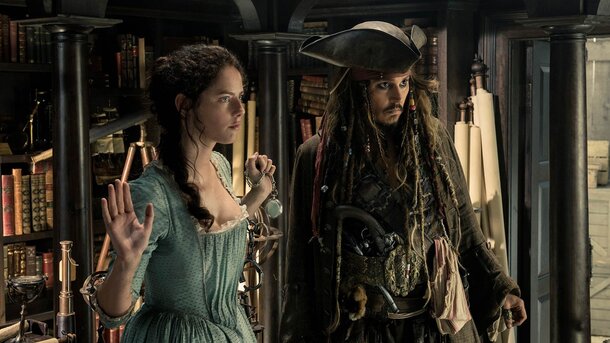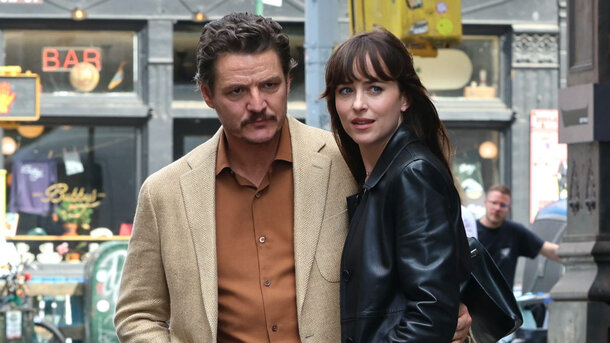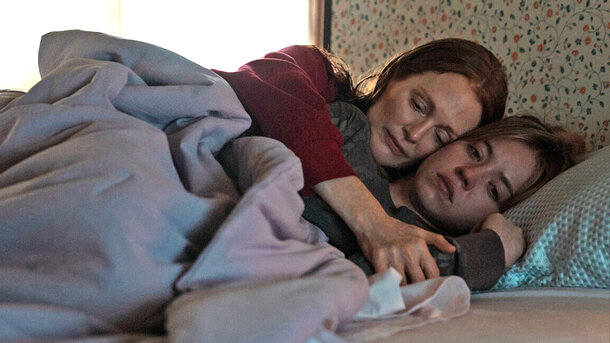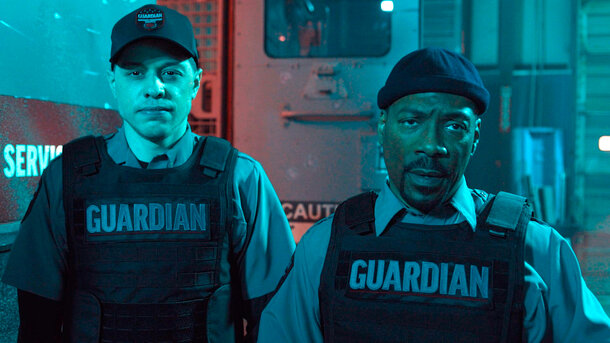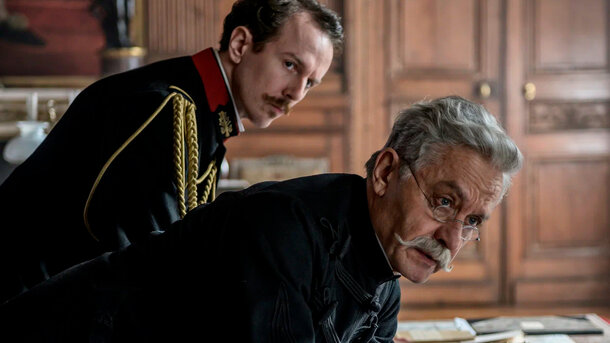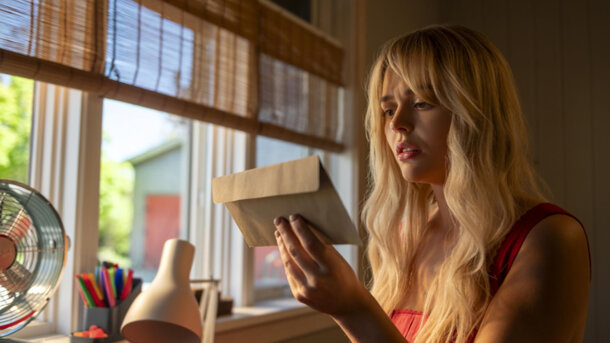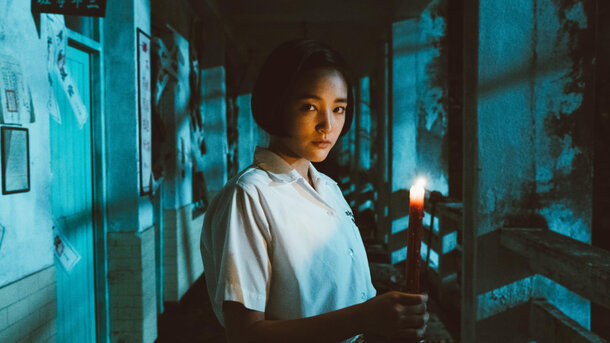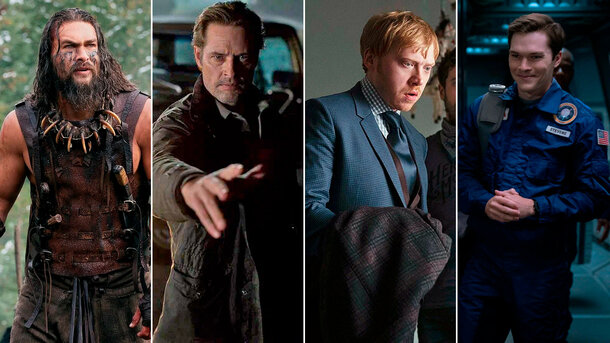The works of Japanese master Hayao Miyazaki have long ceased to be a national treasure, transforming into a global cultural heritage. His films resonate with audiences from Tokyo to Paris.
French film critic Gaël Burton, in his seminal work The Universe of Hayao Miyazaki: The Paintings of the Great Animator in Detail, conducted a meticulous analysis of the director's artistic world, identifying three key elements that form the foundation of his unique style. These recurring motifs create a sort of creative code for the director.
Pigs in Miyazaki's Films
In the animated universe of the Japanese master, pigs are not just animals — they have become powerful symbols reflecting deep human fears and complexes. In Porco Rosso, the pilot takes on this form as punishment for his inner cynicism. In Spirited Away, the transformation of parents into pigs becomes a metaphor for consumerist madness. Meanwhile, the noble boar in Princess Mononoke, which degrades into a primitive monster, symbolizes the fragility of any grandeur.
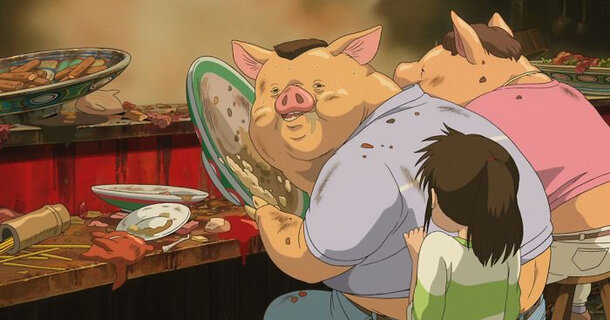
Miyazaki’s studio is aptly named Butaya —"The Pigsty." In Japanese culture, pigs are associated with gluttony and stubbornness. This provides the director with the perfect allegory for human weaknesses.
Planes in Miyazaki’s Films
The works of the great Japanese animator are literally filled with the spirit of flight: from the graceful glider Mev in Nausicaä of the Valley of the Wind to the whimsical Kotobusu. Almost every one of his films features incredible flying machines: the mysterious floating island Laputa, the swift broom of the young witch Kiki, and the bright red seaplane Marco, which has become a symbol of nostalgia for the early aviator era. Even the magical spinning top of Totoro uses rotation to defy gravity.
Few of the master’s works lack this signature "airborne" element. This is no coincidence: his obsession with flight traces back to his childhood. His father, Katsuzō Miyazaki, an aviation engineer and company director, instilled a love for mechanics and aviation in his son from an early age.
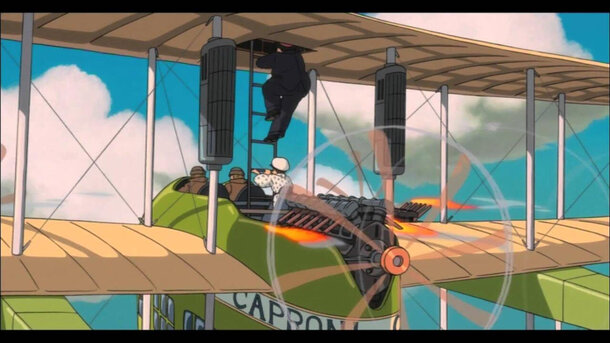
Women in Miyazaki’s Films
A unique feature of the legendary director’s work is that his animated worlds are, in fact, dominated by women. Miyazaki’s heroines are not only strong — they overturn traditional views of the Japanese patriarchy.
Consider Nausicaä, who commands entire armies, the fearless pirate Dola, the iron-fisted ruler Eboshi, or the commanding Yubaba, who transforms a bathhouse into an empire. In contrast, the male characters often appear indecisive.
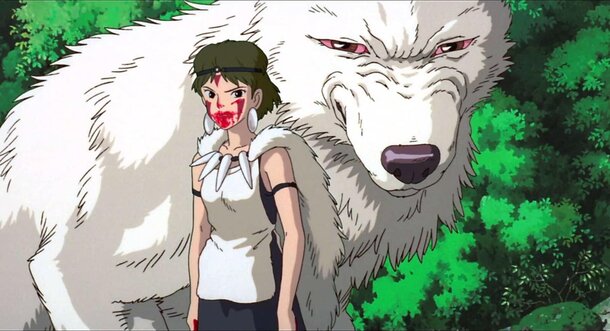
Miyazaki deliberately breaks gender norms, aiming to show that history is made not by samurai, but by wise, decisive women. For 1980s Japan, where girls were traditionally seen only as "guardians of the home," this approach was revolutionary.
